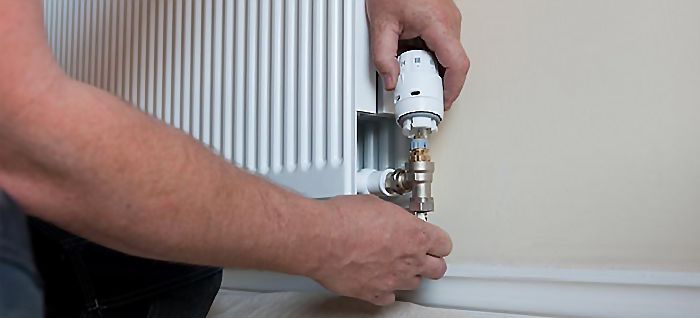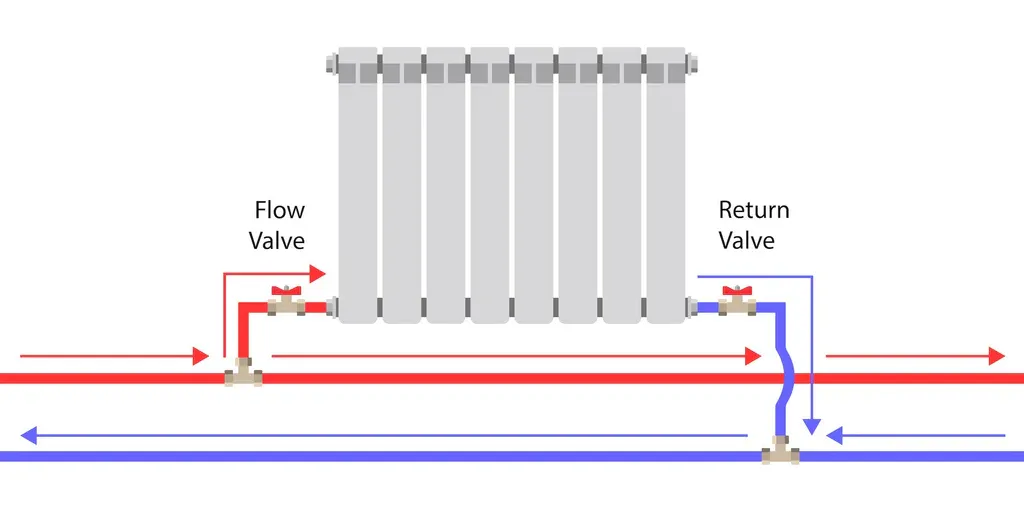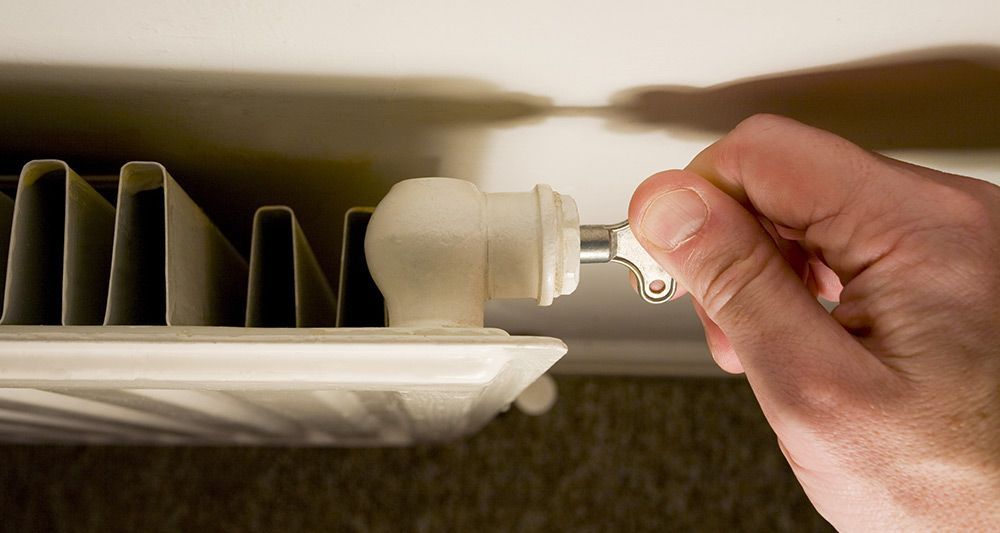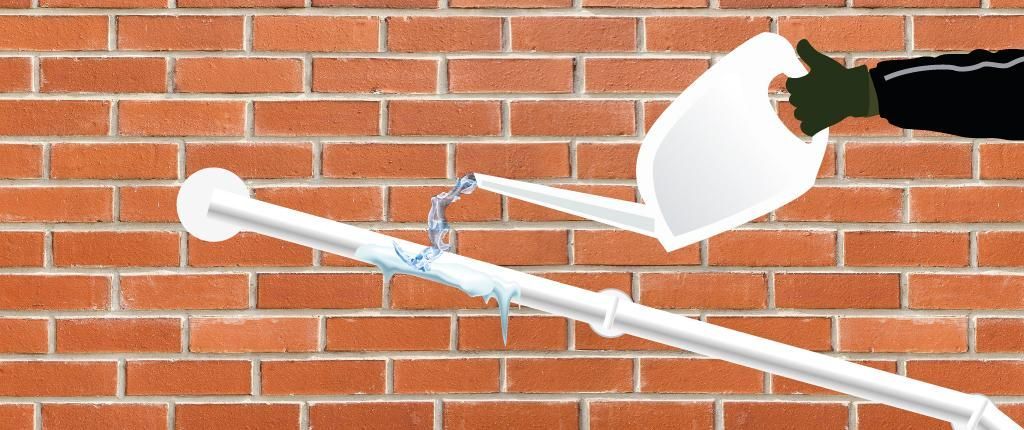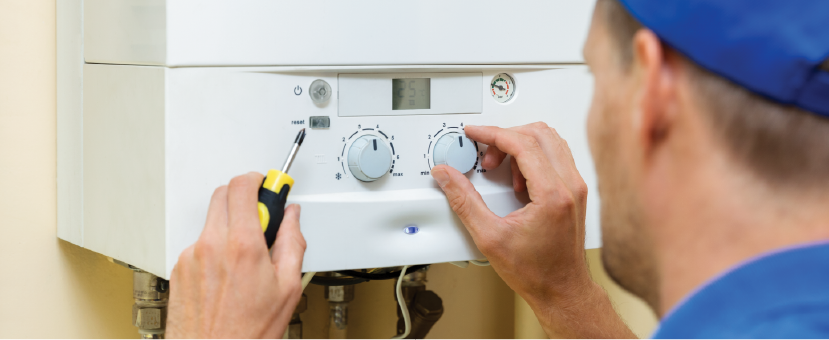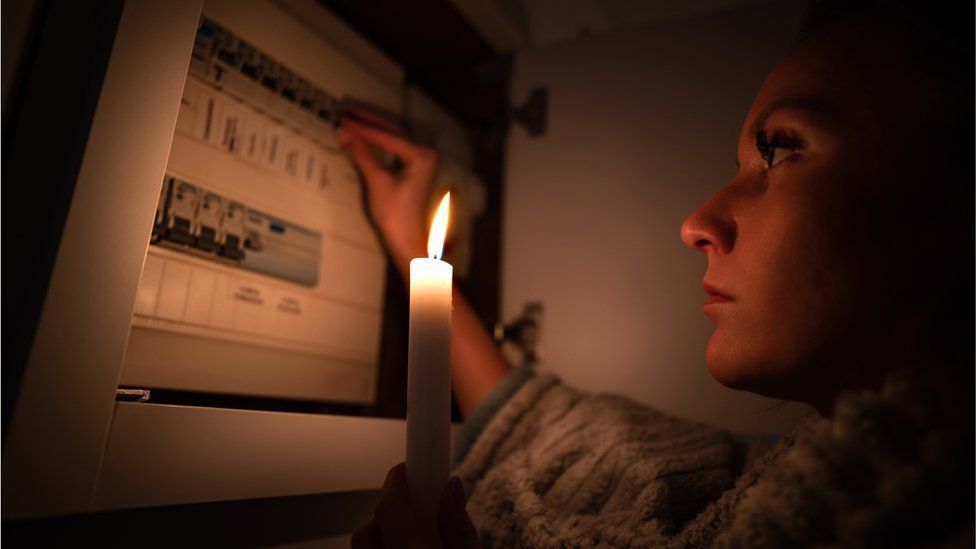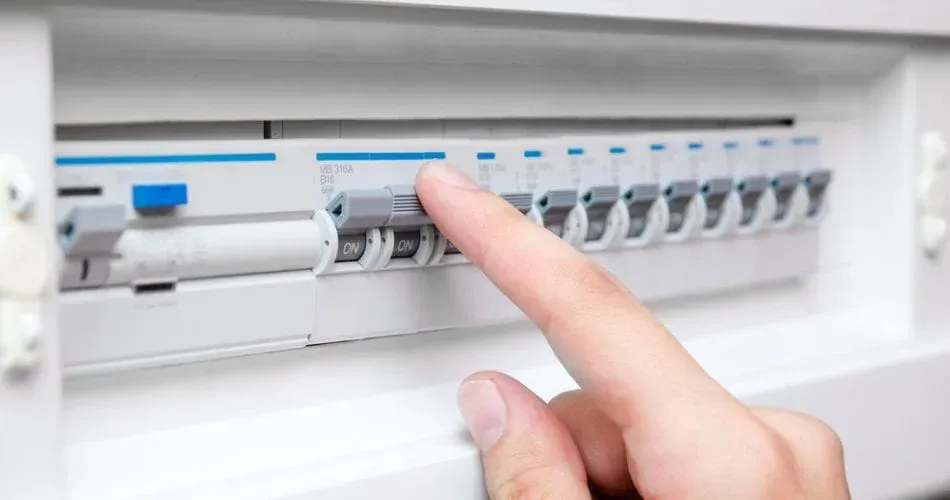How to guides - Bleeding your radiators
Keeping your radiators warm and efficient
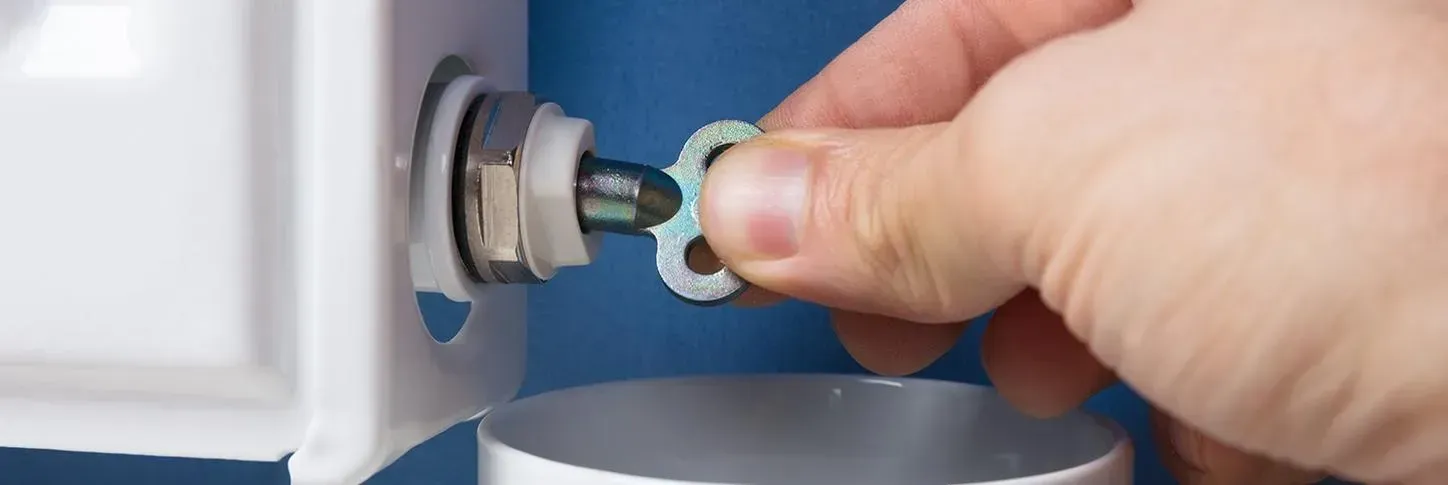
Have you noticed that your radiators are not heating up evenly or not at all? If you have cold spots at the top of your radiator, it makes strange noises or you feel that its not heating up effectively, your central heating system may need bleeding.
Radiators require bleeding to remove air that becomes trapped within the radiator as water is far more efficient at transferring heat than air, bleeding of radiators can save you money on your energy bills and warm your home quicker.
In this How to guide, we take you through the simple steps to bleed your radiators.
Before you do this and if you have a combination boiler, please familiarise yourself with our how to guide on topping up your boiler pressure, as this may be required after bleeding your radiators. You can view the guide here.
Ability level : Easy
Tools Required : Radiator bleed Key, Rag or old towel
IMPORTANT Before you start, turn off your central heating and allow the water to cool within the system.
Step 1 : get your bleed key and rag ( to collect any drips of water that accidentally spill out)
Step 2 : starting at the bottom of your property and working up, locate your 1st radiator and then locate the bleed valve as pictured above. The bleed valve is normally at the highest point of the radiator at either end.
Step 3 : Insert the bleed key and slowly turn anticlockwise and holding the rag near to catch any water that may escape. You should hear a hissing noise as the air escapes, once the noise stops and water appears, shut off the valve as this radiator is now done.
Step 4 : Working your way around your radiators bleed each radiator in the same was as described above. If when you try bleed a radiator and nothing happens, you pressure may need topping up. If you don't know how to do this, you can use our boiler top up - how to guide, but make sure you close the bleed valve before you top up the boiler pressure.
Step 5 : Check you boiler pressure is correct and top up if not, then turn on your heating to check the system heats up correctly.
Bumble Group Limited
The Unicorn
Main Street
Carlton
WF3 3RW
Company reg 14984774
© 2022 Bumble Group Limited
CONTACT US
0330 533 0340
Customer.services@coverbee.co.uk
CoverBee boiler plans are a home emergency service contract and not a form of insurance.
Repair requests
To prevent works on existing issues present before the plan was taken out, you will be unable to request a repair within the 1st 14 days on all our plans.
If you require a repair within the 1st 14 days of you plan start date, you can still contact us,
we will then supply you with a quotation for one of our approved engineers to carry out a one off repair.
After you have purchased your plan, we may contact you to arrange for one of our approved engineers to carry out your boiler health check. Our engineer will inspect your boiler and heating system (if included) to ensure it is working safely and confirm it meets the requirements of contract. If you report a problem with your boiler or heating before the health check has been carried out, we will still send an engineer, but your boiler must pass the boiler health check before the repair will be carried out under this plan.

